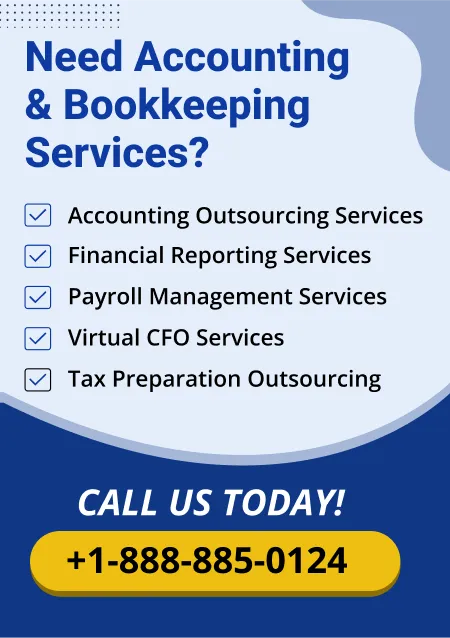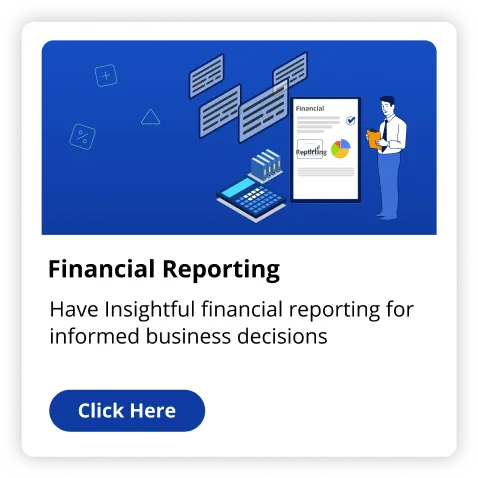Among the most important metrics to track for any business is your working capital. But what exactly is working capital and how could you compute it for your business? If this all sounds complicated, this article will help you understand what working capital is and what it means for your financial health. We will also see the role of outsourcing accounting services in the USA to help with working capital.
What Is Working Capital?
Quite simply, working capital is the cash you have to help you cover your everyday business operations. It is the difference between your current assets and existing liabilities. Think of it as the cushion between your bills and your customers' payments.
In case your business has sufficient working capital, you can pay your obligations and still have cash remaining for growth. In case your working capital is negative or low, you might have difficulty covering your expenses and experience economic stress.
Why is Working Capital Important?
Working capital measures your company's short term financial health quickly. It shows you how well you are balancing your expenses and income. With positive working capital, you can make the most of new opportunities, expand your business or weather unanticipated obstacles.
On the flip side, a negative working capital balance might imply you owe more than you have available. This is a warning sign you might have to lower expenses or even find a way to obtain payments quicker from customers.
How To Calculate Working Capital?
With working capital being defined, now let's see just how to compute it.
Working capital uses this formula:
Working Capital = Current Assets - Current Liabilities.
The meaning of those terms will be briefly discussed below :
- Current Assets: These are things you own that you could cash in a year. Examples consist of cash, accounts receivable (money you owe short-term, inventory, and) investments.
- Current Liabilities: These are the outstanding debts and responsibilities you must pay off in a year. Examples include accounts payable (bills you owe), short term loans, credit card balances, along with wages payable.
Understanding Current Liabilities and Assets
The two components you will have to compute working capital are discussed below:
Your Current Assets
Your current assets are everything your business owns that can be quickly cash-converting. The primary types of current assets you wish to include:
- Cash and Cash Equivalents: This includes cash in your business bank account and any short term investments which are just like money.
- Accounts Receivable: It is money your customers owe you. In case you generated sales on credit, your accounts receivable shows the amount you are owe.
- Inventory: In case you have things to market, this particular inventory is a current asset.
- Marketable Securities: These are investments you can sell fast like stocks or bonds.
Your Current Liabilities
Now consider current liabilities. These are short term debts your small business owes. They include:
- Accounts Payable: This is money owed to suppliers or service providers for services or products you got before.
- Outstanding Credit Card Balances: All money due on your business credit cards is a current liability.
- Payable Wages: If you have employees, then that includes unpaid wages.
- Short-Term Loans: If you have loans due the following year you put the balance here.
- Accrued Liabilities: They include expenses which were incurred but have not been paid yet, like taxes or utilities.
A Simple Example
Let’s imagine you own a small retail shop. Here’s how you might calculate your working capital:
Current Assets:
- Cash: $10,000
- Accounts Receivable: $5,000
- Inventory: $15,000
- Total Current Assets: $30,000
Current Liabilities:
- Accounts Payable: $7,000
- Credit Card Debt: $3,000
- Wages Payable: $2,000
- Total Current Liabilities: $12,000
Working Capital = $30,000 (Current Assets) - $12,000 (Current Liabilities) = $18,000
What is The Working Capital Ratio?
An additional measure of your financial health is your working capital ratio (current ratio). Rather than dividing liabilities from assets, divide present assets by existing liabilities.
The formula for working capital ratio is:
Working Capital Ratio = Current Assets/Current Liabilities.
What To Do With Negative Working Capital
In case you calculate your working capital and it's negative, you must make things right. It simply means you owe more than you really have - though you can correct that.
- Boost Your Cash Flow: Find ways to be paid faster. You could give discounts to customers who pay early or improve your payment terms.
- Reduce Expenses: Look for areas where you can trim to free up money.
- Refinance Short-Term Debt: In case your short term loans are stacking up your liabilities, think about refinancing to longer term loans with reduced payments.
Final Thoughts
Having working capital is essential for operating a company. It shows you how your finances are doing and helps you make educated choices regarding dealing with your cash flow. By calculating and managing your working capital efficiently, you can ensure your business has the resources it needs to develop and flourish.
For expert assistance managing your working capital and other financial requirements, call The Fino Partners for accounting and bookkeeping services.



























